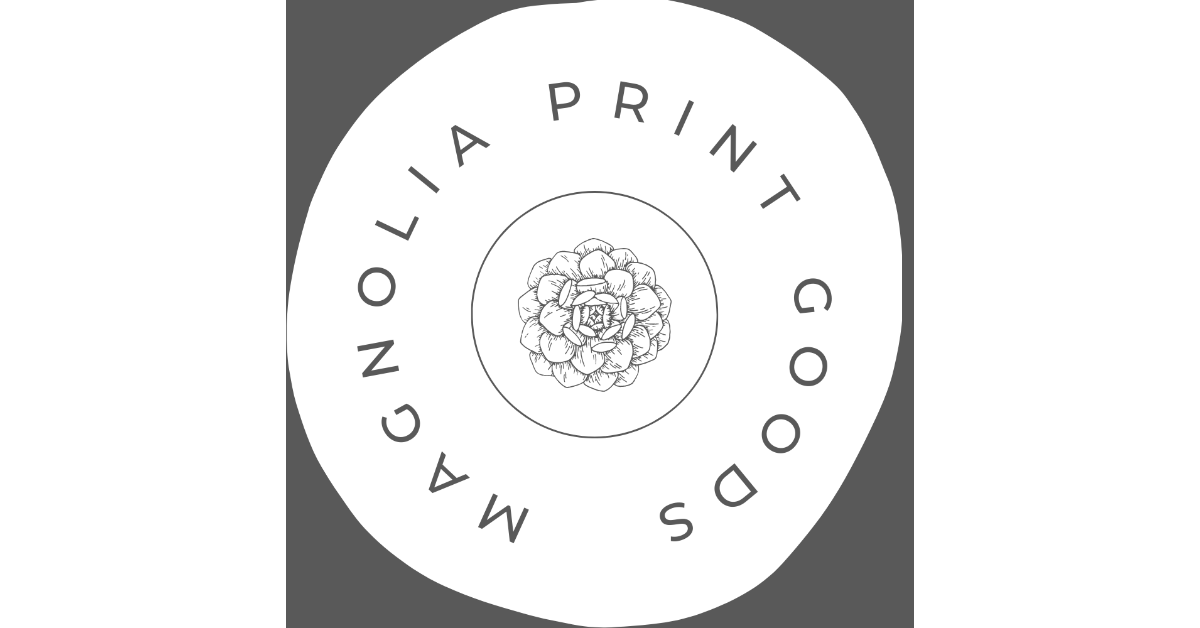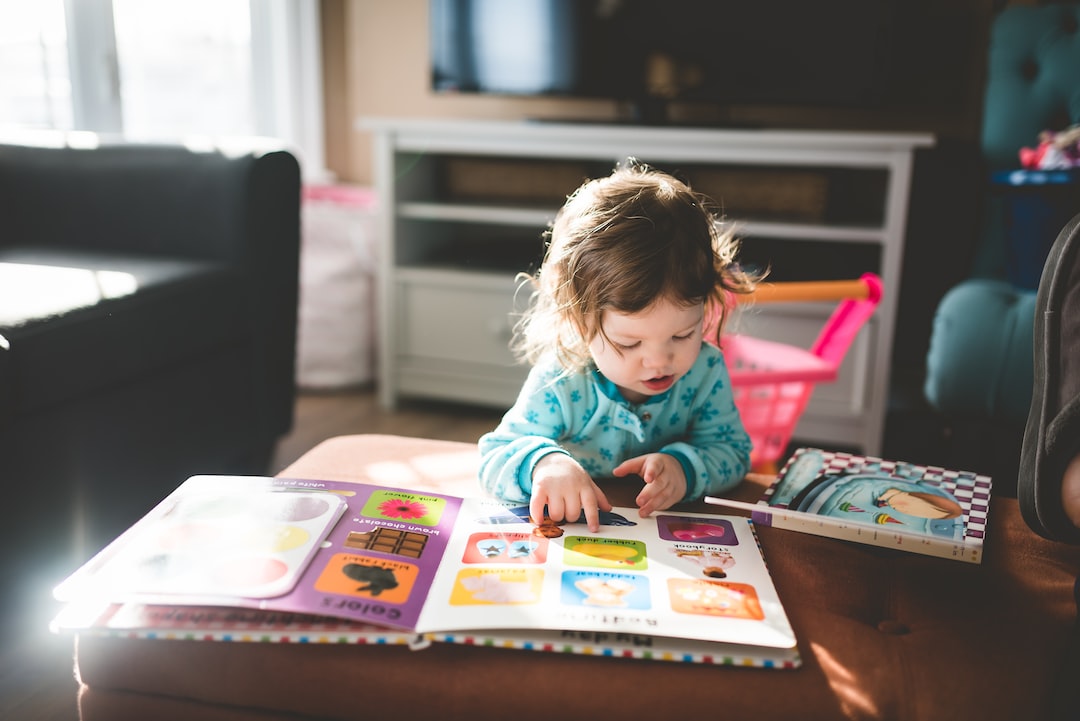Journaling for Self-Reflection: A Guide to Getting Started
In the fast-paced world we live in, it’s becoming increasingly important to take the time for self-reflection. Journaling is a powerful tool that can facilitate this process, allowing you to gain insights into your thoughts, feelings, and experiences. This article will guide you on how to get started with journaling for self-reflection.
To begin, find a journal that resonates with you. It could be a blank notebook, a dedicated journaling app, or even special education printables if you prefer a structured format. The most important thing is that you feel comfortable with your journaling tool.
Next, set aside a specific time and place for your journaling practice. This could be in the morning as you sip your coffee, during your lunch break, or before bed as you wind down. Choose a quiet and private space where you can be alone with your thoughts. Creating a routine will help you integrate journaling into your daily life more effectively.
When you first start journaling, it’s normal to feel overwhelmed or unsure of how to begin. Don’t worry about being perfect or writing beautifully crafted sentences. Remember, this is a safe space for you to express yourself. Start with a simple prompt, such as “How am I feeling right now?” or “What brought me joy today?” Write whatever comes to mind, without judgment.
As you continue journaling, you may find it helpful to explore different reflection techniques. One effective method is to engage in free writing. Set a timer for ten to fifteen minutes, and just let your pen flow without worrying about punctuation, grammar, or spelling. This stream-of-consciousness writing can unlock hidden thoughts and emotions.
Another technique is to use lists or bullet points. Make a list of things you’re grateful for or write down your goals and aspirations. This approach allows you to organize your thoughts in a structured manner, making it easier to identify patterns and insights.
Journaling for self-reflection can also involve visual elements. If you’re more inclined towards art, consider incorporating sketches, doodles, or even collage into your journal. Visual representations can provide a different perspective on your feelings and experiences.
Finally, remember to be gentle with yourself throughout this process. Journaling is a personal journey, and there’s no right or wrong way to do it. Allow yourself to be vulnerable and open-minded, and don’t judge your thoughts and feelings. The goal is to gain self-awareness and create a deeper connection with yourself.
In conclusion, journaling for self-reflection is a powerful practice that can bring immense benefits to your life. Whether you choose a blank notebook, a digital platform, or special education printables, finding a journaling tool that works for you is key. Through regular reflection and exploration of your thoughts and emotions, you can gain valuable insights, foster personal growth, and enhance your well-being. So grab your journal and start your self-reflection journey today!
************
Want to get more details?
Magnolia Print Goods
https://www.magnoliaprintgoods.com/
Special education printables for parents and teachers.

